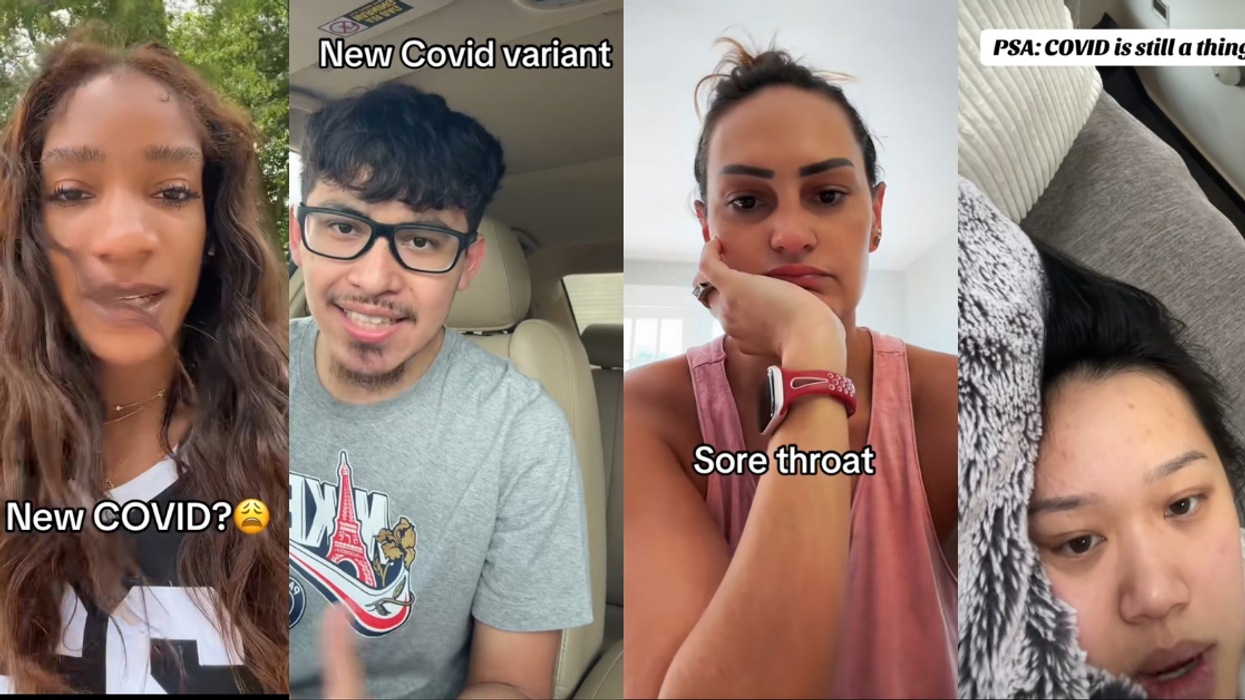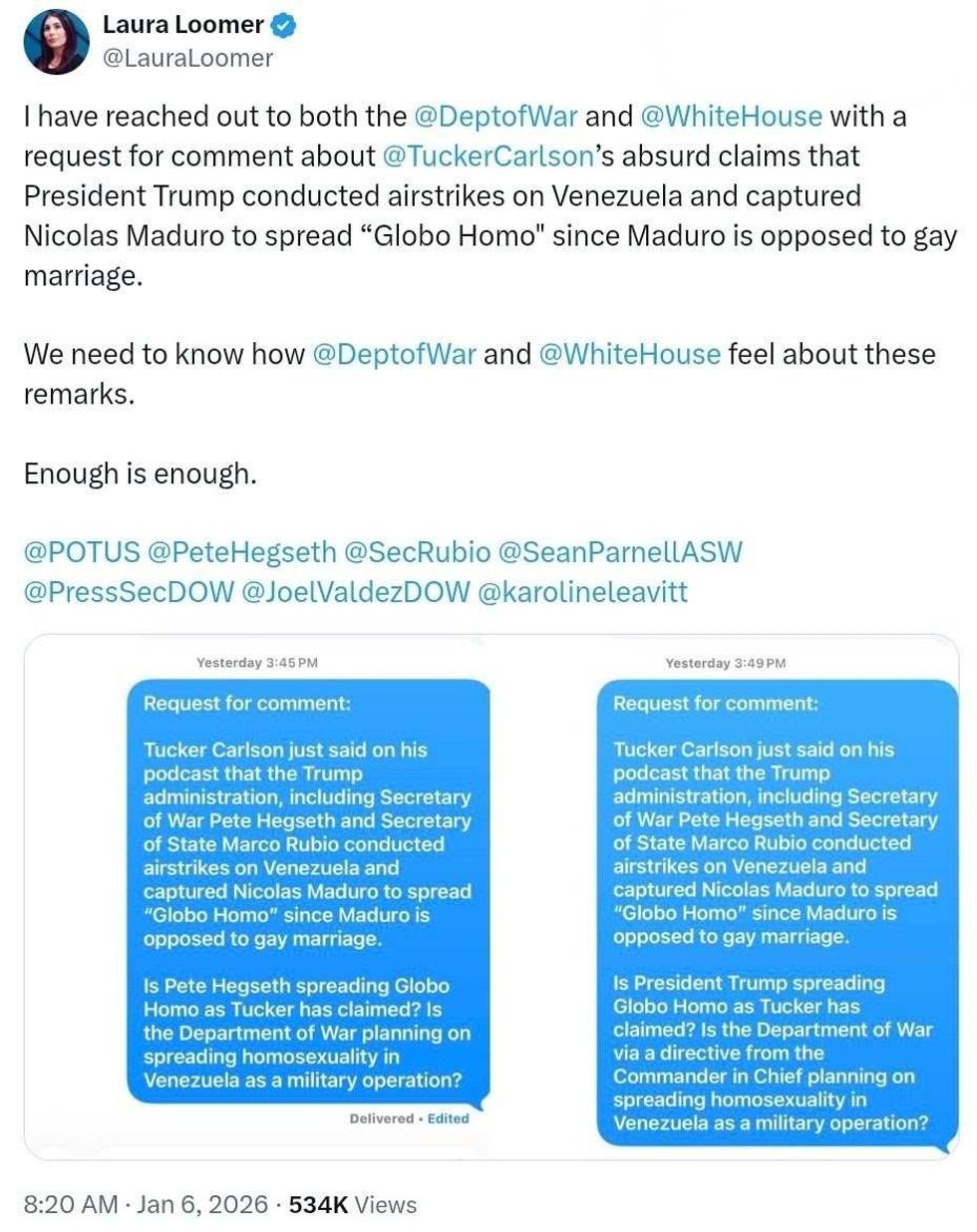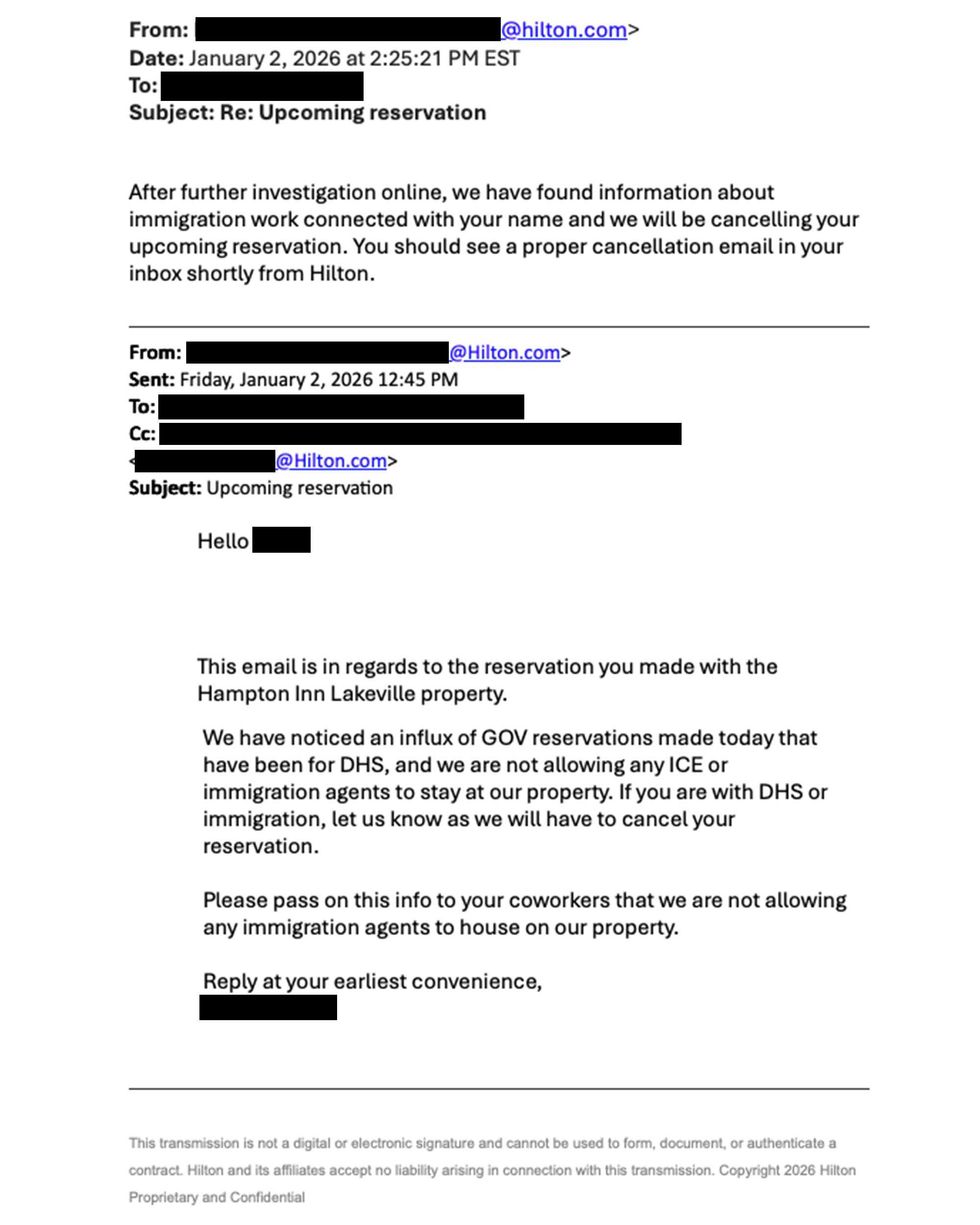It's hard to believe, but it's been over five years since the terms COVID and coronavirus were introduced to the global public consciousness. The kids who attended much of their first year of high school on Zoom calls have now graduated.
On February 11, 2020, the World Health Organization (WHO) labeled the virus causing the 2019 Novel Coronavirus outbreak "COVID-19"—an abbreviation for COronaVIrus Disease 2019.
By March of that year, the WHO would declare COVID-19 a pandemic. The outbreak would officially be a public health emergency from January 31, 2020–May 11, 2023.
But that doesn't mean COVID is gone—it's just mutating.
As of June 25, 2025, the WHO listed six COVID "variants under monitoring" (VUMs)—meaning they "may require prioritized attention and tracking by health authorities due to their increased prevalence and potential public health implications."
In late May and into June, more and more people on TikTok began posting questions about a mystery illness causing their throat to feel like they swallowed "razor blades" or "glass."
@alishabonddd7 YALL HELP MEEEEE 🦠
♬ original sound - alishabonddd
@crypticslayeryt Anyone else??? #sorethroat #fyp #fypシ #foryou ♬ OH MA GAWD - 𝘮𝘦𝘨𝘢𝘯🍸
@elyse.fox Be safe out here y’all 😩
♬ original sound - Elyse
@j.marrr_ I feel a lot better and I’m hoping it stays this way #sorethroat #virus #fyp #helpwasreceived ♬ original sound - j.marrr_
@marleneeval Pls tell me I’m not the only one. #sick #strepthroat #strep #virus #fyp ♬ New Flame (but I promise you) (feat. Usher & Rick Ross) - Chris Brown
While some TikTokers mentioned testing negative for a variety of illnesses, including COVID, the illness that's been nicknamed "razor blade throat" is a new COVID subvariant of a COVID variant. And it's one of the VUMs the WHO has been monitoring since May 23, 2025.
Stemming from COVID Omicron, the new variant has been officially labeled COVID Nimbus—NB.1.8.1.
@abc10news A new COVID variant known as Nimbus has a painful side effect: Razor blade throat. The CDC says it accounts for 37% of all COVID infections in the U.S., and it's projected to be the dominant strain by the end of June. Dr. Muhammad Azam from Sharp Community Medical Group says the current COVID vaccine is effective against the Nimbus strain, so people should look into getting the booster shot before the peak season. #health #coronavirus #COVID #vaccines ♬ original sound - ABC 10News San Diego
@kezsexton Pls tell me l'm not the only one. #sick #strepthroat #strep #virus #fyp ♬ original sound - kez🍸🍒🎱
@drjencaudle “Razor Blade” sore throat! #covid #covidvariant #nimbus #razorblade #sorethroat #drjencaudle #fyp #fypシ #fypシ゚viral ♬ original sound - DrJenCaudle
@nickyfoxtv Was literally bed ridden for 4 days straight 😀 #covid19 #covid #nimbus #nimbusvariant ♬ original sound - Nicky Fox
So what do you need to know about Nimbus?
According to Gavi.org, there are seven things to know about Nimbus:
- It's spreading fast, but is not any nastier than prior strains.
- Nimbus is a reference to clouds, not Harry Potter.
- Considered a Frankenstein variant, it's spawned from genetic recombination.
- Nimbus sticks to cells and infects them better than most variants.
- COVID-19 vaccines are still likely to be effective against Nimbus.
- Early cases list specific symptoms to watch out for, including "razor blade" throat, nausea, vomiting, diarrhea, heartburn, bloating, constipation, and stomach pain.
- Nimbus is under close watch, but is not a top-tier worry.
The WHO designated Nimbus as a VUM, which is a lesser threat than a Variant of Interest (VOI) or Concern (VOC). It’s worth watching, but not alarming—for now.
Nimbus' overall public health risk is currently assessed as "low."
Before 2020, the terms COVID and coronavirus were mostly known to just epidemiologists and other experts on infectious diseases, despite being identified over 50 years ago. Outbreaks of COVID had remained largely contained—that is until December 2019 when an outbreak in China defied treatment and containment attempts.
On January 23, 2020, the first lockdown was ordered in Wuhan, China, a city of 11 million people, but the virus had already spread beyond the border, with cases identified by January 19 in three other countries: Thailand, Japan, and the Republic of Korea. By January 20, 2020, the first case would be found in the United States in the Pacific Northwest.
Two years after COVID-19 was declared a global pandemic, the total number of confirmed deaths was reported as 6,019,085. The number of COVID-19 infections was 450,229,635 by March 2022.
The true numbers were likely much higher.
That same month, the United States Census Bureau showed deaths from 2019–2020 increased by 19% after the onset of the COVID-19 pandemic in March 2020. It was the largest spike in mortality in the United States in 100 years.
An estimated 1,197,470 people in the United States died from COVID-19 between January, 2020 and September 2021, while 146,585,169 people contracted the virus during the same period.
The true numbers were likely much higher.














 @xray_media/X
@xray_media/X @LauraLoomer/X
@LauraLoomer/X reply to @LauraLoomer/X
reply to @LauraLoomer/X reply to @LauraLoomer/X
reply to @LauraLoomer/X
 @DHSgov/X
@DHSgov/X
